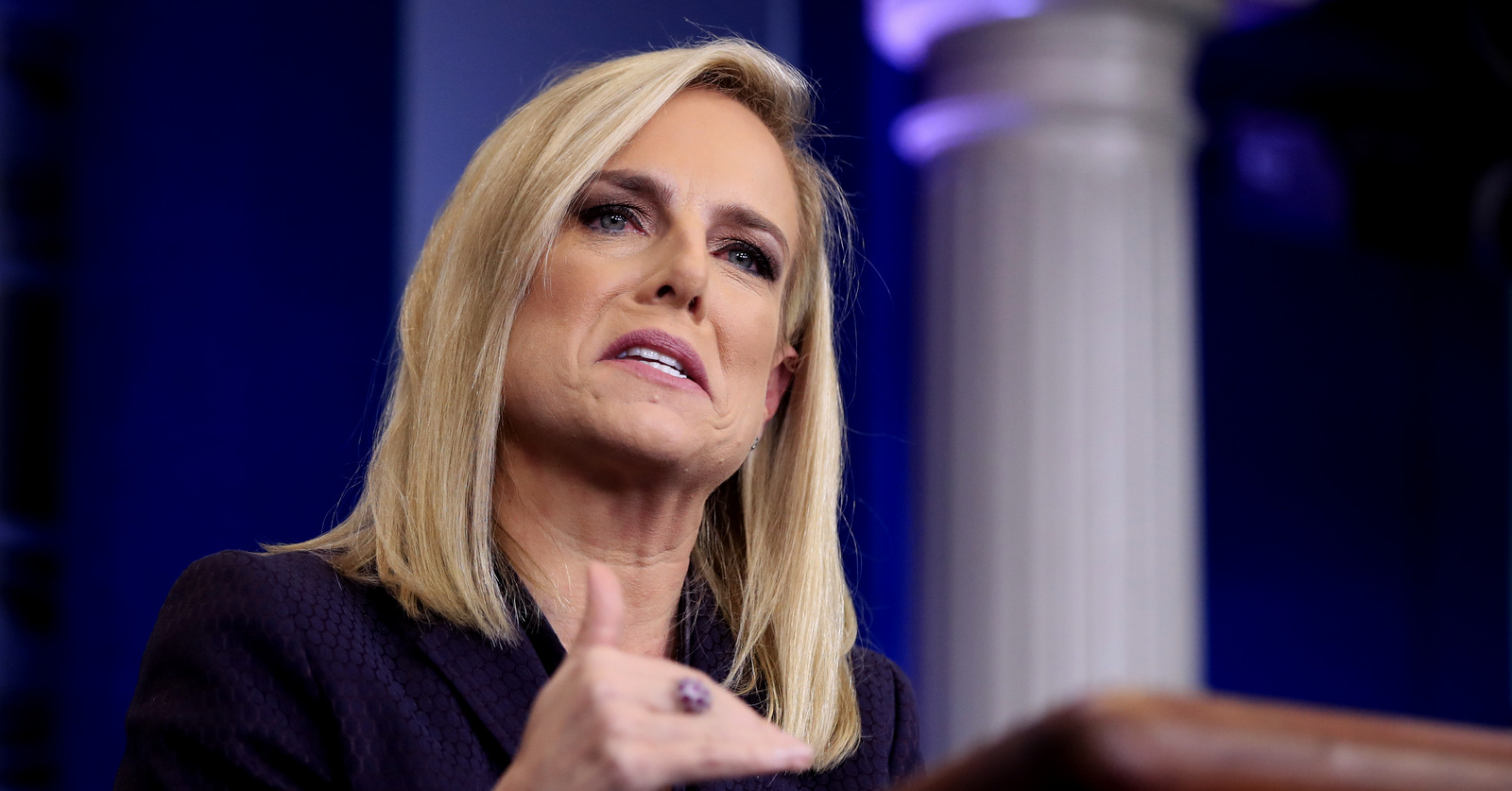Washington, D.C. – A recently revealed plan to conduct surveillance of journalists, bloggers and other “media influencers,” by the Department of Homeland Security (DHS), has raised red flags among civil libertarians.
The program— known as “Media Monitoring Services”— is designed to give a contractor company “24/7 access to a password protected, media influencer database, including journalists, editors, correspondents, social media influencers, bloggers etc.” The solicitation for a suitable contractor was posted on April 3 on FedBizOps.gov for interested parties to apply. The listing says the deadline for contractor applicants is April 13 and that only companies “capable of performing the requirements of the attached Statement of Work (SOW) would be considered.
Forbes reported that “details of the attached Statement of Work, however, outline a plan to gather and monitor the public activities of media professionals and influencers and are enough to cause nightmares of constitutional proportions, particularly as the freedom of the press is under attack worldwide.”
The Media Monitoring Services program, advertised on April 3, states:
1.1 Background
NPPD’s mission is to lead the national effort to protect and enhance the resilience of the nation’s physical and cyber infrastructure. NPPD includes the Office of the Under Secretary (OUS) and five sub-components: the Office of Cybersecurity and Communications (CS&C), the Office of infrastructure Protection (IP), the Federal Protective Service (FPS), the Office of Biometric Identity Management (OBIM) and the Office of Cyber and Infrastructure Analysis (OCIA), which are headquartered with the National Capital Region (NCR). Along with NPPD/OUS, Public Affairs is responsible for media communication.
1.2 SCOPE
The contractor shall provide NPPD/OUS with traditional and social media monitoring and communications solutions.
OBJECTIVE
Services shall enable NPPD/OUS to monitor traditional news sources as well as social media, identify any and all media coverage related to the Department of Homeland Security or a particular event. Services shall provide media comparison tools, design and rebranding tools, communication tools, and the ability to identify top media influencers.
NPPD/OUS has a critical need to incorporate these functions into their programs in order to better reach Federal, state, local, tribal and private partners.
As Forbes has noted, it’s apparent that the “Media Monitoring Services” program is not about “media communication, but about media surveillance. The “monitor[ing] traditional news sources as well as social media” or “identify[ing] any and all media coverage related to the Department of Homeland Security or a particular event” is not about communication, as purported by DHS, but rather, about monitoring media— specifically journalists and “media influencers.”
Revealing the broad scope of the DHS-sponsored surveillance under the heading “Specific Requirements/Tasks,” the SOW lists “Task One: Online & Social Media Monitoring,” which involves the ability to “track global online sources for coverage relevant to Washington” and lists bullet points:
- Ability to track > 290,000 global news sources
- Ability to track online, print, broadcast, cable, radio, trade and industry publications, local sources, national/international outlets, traditional news sources, and social media
- Ability to track media coverage in > 100 languages, including Arabic, Chinese and Russian. Translation function to instantly translate these articles to English
- Ability to create up to 20 searches with each unlimited keywords
- Unlimited coverage per search (no cap on coverage)
- Ability to change the searches at keywords at any given time
- Ability to create unlimited data tracking, statistical breakdown, and graphical analyses on any coverage on an ad-hoc basis
Forbes revealed the ominous and pervasive nature of the media monitoring program:
Any and all media coverage,” as you might imagine, is quite broad and includes “online, print, broadcast, cable, radio, trade and industry publications, local sources, national/international outlets, traditional news sources, and social media.”
The database will be browsable by “location, beat and type of influencer,” and for each influencer, the chosen contractor should “present contact details and any other information that could be relevant, including publications this influencer writes for, and an overview of the previous coverage published by the media influencer.”
One aspect of the media coverage to be gathered is its “sentiment.
The New American reported that DHS planning “a long-term game is made clear in the ‘Period of Performance’ section. The options include “(1) 12-month, and four (4) 12-month option periods.”
After the listing saw public news coverage, DHS spokesman Tyler Q. Houlton tweeted:
Despite what some reporters may suggest, this is nothing more than the standard practice of monitoring current events in the media. Any suggestion otherwise is fit for tin foil hat wearing, black helicopter conspiracy theorists. https://t.co/XGgFFH3Ppl
— ARCHIVED DHS Spokesperson (@SpoxDHS) April 6, 2018
While DHS claimed that this is “standard practice,” Bloomberg’s Big Law Business noted that “the request comes amid heightened concern about accuracy in media and the potential for foreigners to influence U.S. elections and policy through ‘fake news.’”
Top Photo | Homeland Security Secretary Kirstjen Nielsen, talks to reporters during the daily press briefing in the Brady press briefing room at the White House, in Washington, April 4, 2018. (AP/Manuel Balce Ceneta)
Jay Syrmopoulos is a geopolitical analyst, freethinker, and ardent opponent of authoritarianism. He is currently a graduate student at the University of Denver pursuing a masters in Global Affairs and holds a BA in International Relations. Jay’s writing has been featured in both mainstream and independent media.


